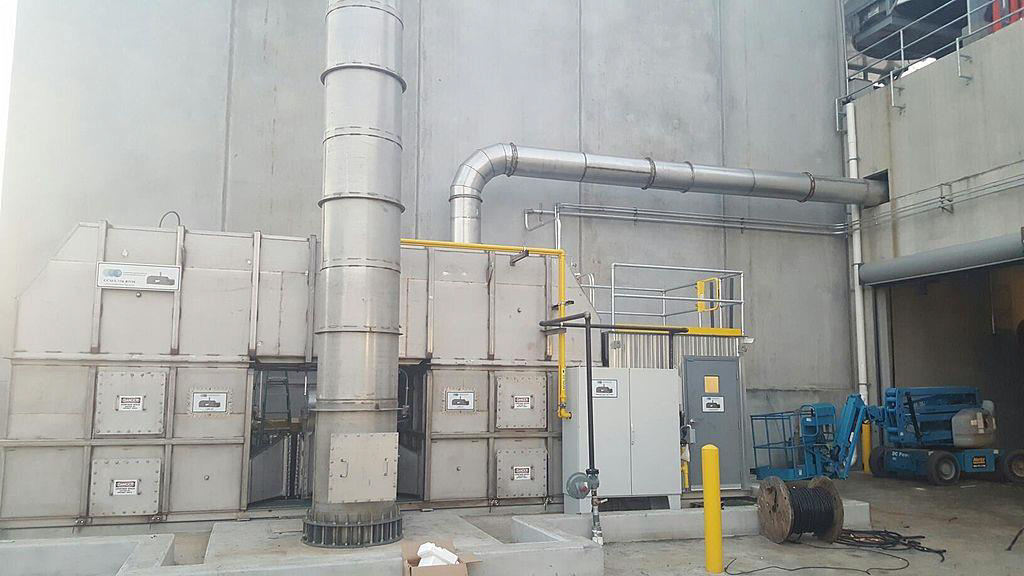WASTE HEAT RECOVERY
Waste heat is heat that is produced by a machine, or other process that uses energy, as a byproduct of doing work. All such processes give off some waste heat as a fundamental result of the laws of thermodynamics. Waste heat has lower utility (or in thermodynamics lexicon a lower exergy or higher entropy) than the original energy source. Sources of waste heat include all manner of human activities, natural systems, and all organisms, for example, a refrigerator warms the room air, an internal combustion engine generates high-temperature exhaust gases, and electronic components get warm when in operation. Instead of being "wasted" by release into the ambient environment, sometimes waste heat (or cold) can be utilized by another process (such as using hot engine coolant to heat a vehicle), or a portion of heat that would otherwise be wasted can be reused in the same process if make-up heat is added to the system (as with heat recovery ventilation in a building). Thermal energy storage, which includes technologies both for short- and long-term retention of heat or cold, can create or improve the utility of waste heat (or cold). One example is waste heat from air conditioning machinery stored in a buffer tank to aid in night time heating. Another is seasonal thermal energy storage (STES) at a foundry in Sweden. The heat is stored in the bedrock surrounding a cluster of heat exchanger equipped boreholes, and is used for space heating in an adjacent factory as needed, even months later. An example of using STES to utilize natural waste heat is the Drake Landing Solar Community in Alberta, Canada, which, by using a cluster of boreholes in bedrock for inter seasonal heat storage, obtains 97 percent of its year-round heat from solar thermal collectors on the garage roofs. Another STES application is storing winter cold underground, for summer air conditioning. On a biological scale, all organisms reject waste heat as part of their metabolic processes, and will die if the ambient temperature is too high to allow this. Anthropogenic waste heat is thought by some to contribute to the urban heat island effect. The biggest point sources of waste heat originate from machines (such as electrical generators or industrial processes, such as steel or glass production) and heat loss through building envelopes. The burning of transport fuels is a major contribution to waste heat.

